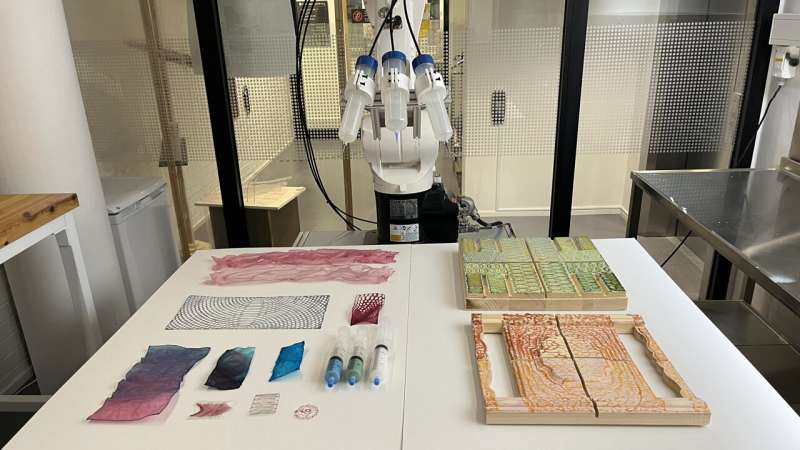Researchers at Chalmers University of Technology in Sweden have developed a promising new sustainable building material made from nanocellulose and algae. The abundant biomaterials can be 3D printed into a wide range of architectural constructs using far less energy than traditional construction methods.
The material is composed of nanocellulose fibers derived from forestry and agricultural byproducts, bound together by an algae-derived compound called alginate. This allows the hydrogel to be 3D printed at room temperature using air pressure, avoiding the high-heat processes that typically consume vast amounts of energy.
"3D printing is a very resource efficient technique. It allows us to make products without dies, molds, or casting forms, so there is less waste material. It is also very energy efficient since we work at room temperature," explains lead researcher Malgorzata Zboinska.
The printed hydrogel can then be dried into lightweight partitions, wall tiles, window shades, acoustic dampening elements, and more. Researchers tested various printing patterns to understand how the designs impact the final constructs' dimensional, textural, and geometric properties when dried.
The work is an important step towards developing biodegradable building materials aligned with sustainability initiatives like the European Green Deal. Buildings account for nearly 40% of global emissions and rely heavily on resource-intensive conventional materials like concrete.
“We need to acquire completely new knowledge on how we could apply biobased materials in architecture, and how we could embrace their shorter life cycle loops,†says Zboinska. Further research into functional, aesthetic, and user-accepted applications is still required.
But the ability to 3D print intricate architectural structures with green nanocellulose at room temperature demonstrates intriguing potential for a transformative new class of energy-efficient, sustainable building materials derived from natural resources.


















